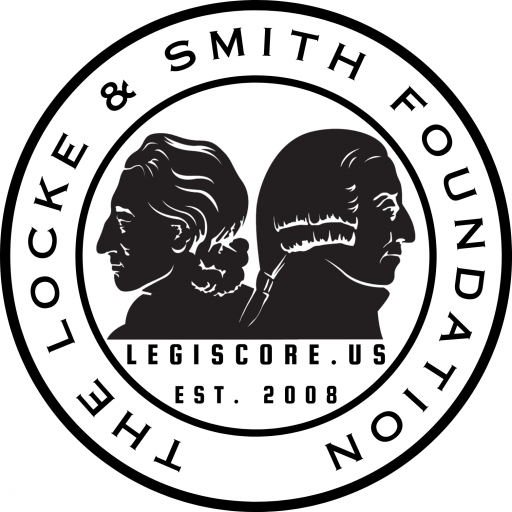For this exercise, I will attempt to do a step-by-step review of a piece of legislation, but before we start, the sponsor of the piece of legislation is not essential to the criteria. Also, we only review legislation once it reaches the floor for a vote of third read and passed, as only these pieces of legislation can become law.
HB 1991 will be the subject of this post, and a link to the webpage where you’ll find the legislation is also provided. Once the bill has achieved third-read and passed status, the legislative committee will review the legislation to determine if the legislature is following the Constitution. Still, since this is just how we go about the review process, I’ll keep it simple.
The legislation was filed on 12/19/2023 during the profile period; during this time, the legislators are not in session. January 3, 2024, the legislation was first read in front of the house assembly (HB is for house bill, and SB is for senate bill), and you’ll find that in the house journal here. The legislation is introduced with the following title “To amend chapter 160, RSMo, by adding thereto one new section relating to cardiac emergency response plans”. The following day, HB 1991 is then second read in the same manner with the same title, and the date is January 4th. Fast forward to January 18th, and HB 1991 is assigned to a committee to complete, or not, the process to achieve the next rung on the legislative ladder. I’m not going into detail about what occurs in any committee to determine whether a bill will accomplish the muster to get to the next rung. Still, this piece of legislation sat in committee until April 10th, when it was approved by a vote of 19 AYE, 3 NAY, and 4 ABSENT; the journal page is linked. These votes are not determined because the legislation still has not reached the floor for a vote. The following day, HB 1991 was referred to the rules committee, where it stayed for four days, and then it was passed out to continue the journey to the house floor and whatever actions may happen next.
On April 24th, the title of the bill was agreed to by the legislature, and in this rare case, the original title remained the same as the original title. Once the bill’s title is read in front of the legislature the following day, the legislative body votes to agree that the previous day’s agenda is complete and official; therefore, in this instance, the bill’s original title was. “To amend chapter 160, RSMo, by adding thereto one new section relating to cardiac emergency response plans”.
On the same day all this occurred, an amendment was offered and accepted before perfecting this piece of legislation, which allowed for RsMO 210.225. This section shall be known and may be cited as “Elijah’s Law,” a section dealing with food allergies that has nothing in common with the original basis of the legislation, which required schools to establish cardiac emergency response plans. At this point, the amendment was adopted, with not a single mention of the Article 3 Section 21/23 violation, and five days later, HB 1991 was third read and passed with this constitutional violation, and the vote was 151 AYES, 0 NAY, one PRESENT, ten ABSENT, and one vacancy. The third read and passed vote totals can be found at the link. The action page can be viewed at the link provided, and you’ll be able to see the complete steps through which a piece of legislation goes before it gets to the floor for a vote. You might ask, without the amendment, would the piece of legislation have met constitutional muster? Well, we’ll not make that determination because the bill was amended, and the amendment created a constitutional violation. Still, except for the ten absent representatives and the one seat that wasn’t occupied, the rest of the legislative body ignored the violation and passed the bill onto the MO Senate. HB 1991, because it was passed so late into the legislative process, did not have time to work through the same process in the MOSenate, so that is where the bill was laid to rest, not to go any further.
